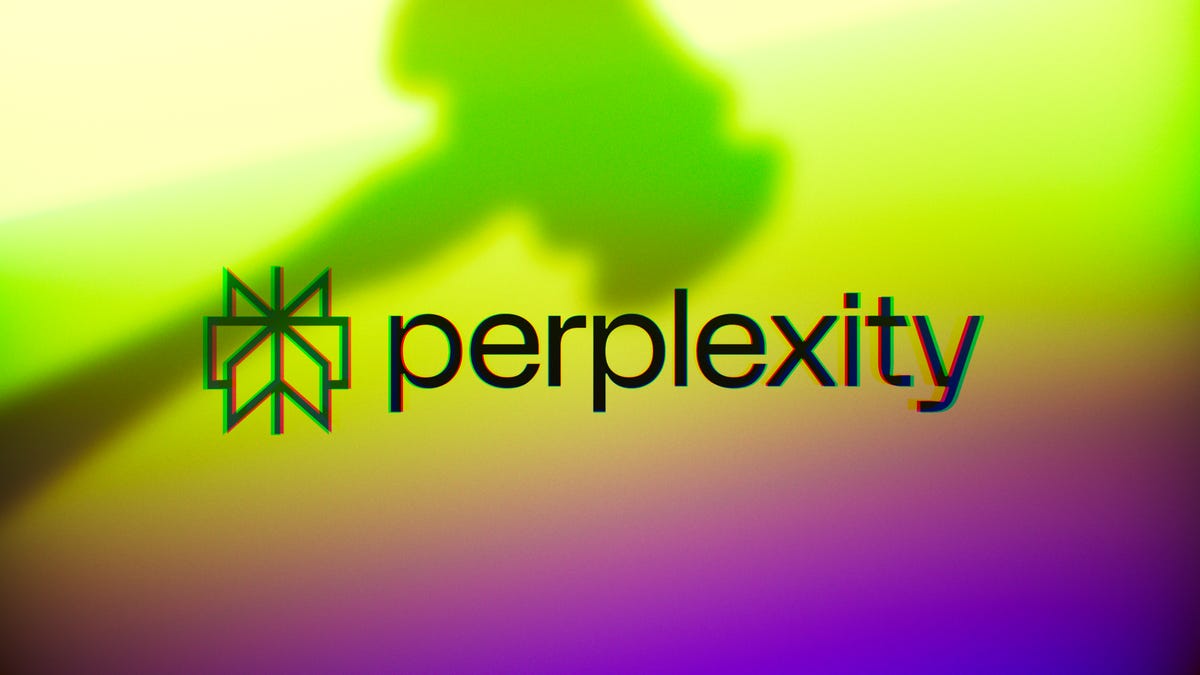Encyclopedia Britannica Sues Perplexity Over Trademark Use in AI Answers

Key Points
- Encyclopedia Britannica filed a lawsuit against Perplexity for trademark infringement.
- Britannica alleges its logos appear alongside AI‑generated content that can contain errors.
- The publisher claims the practice misleads users into believing the misinformation is endorsed by Britannica.
- Britannica also accuses Perplexity of copying its copyrighted material without permission.
- The case adds to a wave of legal actions by media firms against AI companies over copyright and trademark issues.
- Perplexity’s spokesperson called the lawsuit "hilarious" and suggested publishers often resist new technologies.
- The outcome could shape future legal standards for AI use of protected content.
Encyclopedia Britannica has filed a lawsuit against the AI answer service Perplexity, alleging that the company displays the publisher’s logos and trademarks alongside AI‑generated content that can include factual errors. Britannica claims this practice misleads users into believing the misinformation is endorsed by the publisher, constituting trademark infringement and reputational harm. The complaint focuses on Perplexity’s use of Britannica’s copyrighted material without permission, rather than on the underlying large‑language model. The case joins a growing wave of legal actions by media firms against AI developers over copyright and trademark concerns.
Background of the Dispute
Encyclopedia Britannica has brought a legal complaint against Perplexity, a company that operates an AI‑powered answers engine. The publisher alleges that Perplexity’s service displays Britannica’s brand names and logos next to AI‑generated responses, even when those responses contain inaccuracies commonly referred to as “hallucinations.” Britannica argues that this presentation confuses and deceives users into believing the AI content is associated with, sponsored by, or approved by the publisher.
Trademark and Reputation Claims
The lawsuit emphasizes potential reputational damage resulting from the alleged trademark infringement. Britannica contends that the presence of its logos alongside erroneous AI output could harm the publisher’s brand integrity. The complaint specifically cites the risk that users may mistakenly attribute misinformation to Britannica, thereby damaging the company’s reputation.
Copyright and Content Use Issues
Beyond trademark concerns, Britannica’s filing focuses on the unauthorized use of its copyrighted material. The publisher claims Perplexity’s web‑scraping bot enables verbatim regurgitation of Britannica content without permission or payment. While Perplexity operates a revenue‑sharing program intended to give media companies a share of its profits, Britannica argues that the program does not excuse the alleged copying of its protected works.
Industry Context
The lawsuit adds to a broader pattern of legal actions targeting AI firms for alleged copyright and trademark violations. Other publishers, including The New York Times, have similarly sued AI developers over the use of their content. Recent court decisions have highlighted the tension between “fair use” arguments and the rights of content creators, and the outcome of this case may influence future litigation involving AI‑generated content.
Responses from Perplexity
Perplexity’s head of communication, Jesse Dwyer, described the lawsuit as “hilarious” and suggested that publishers have historically attempted to block emerging technologies. He characterized Britannica’s effort as a desperate attempt to salvage its recent IPO, though the publisher has not provided comment on the filing.
Legal Implications
The complaint underscores the legal challenges surrounding AI’s use of copyrighted and trademarked material. While some AI developers have successfully argued that their use is “exceedingly transformative” under fair‑use doctrine, judges have cautioned that such rulings do not guarantee future victories. The outcome of Britannica’s case may clarify the boundaries of permissible AI training and content presentation practices.